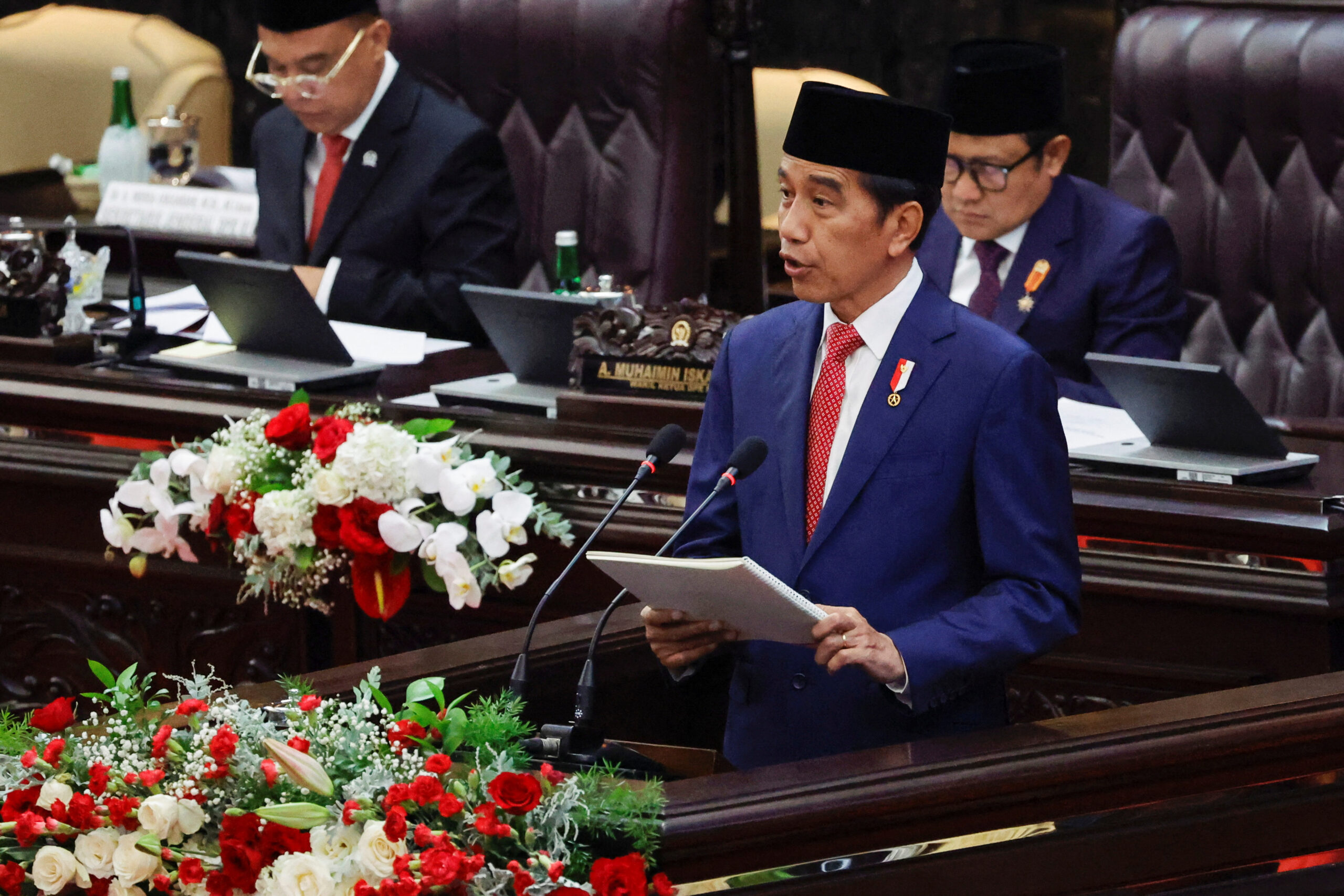Indonesia’s sovereign wealth fund is poised to boost spending this year as the country’s prominent role in the green energy transition and investors’ eagerness to diversify from China push it into the spotlight as an investment destination.
Ridha Wirakusumah, chief executive of the Indonesian Investment Authority (INA), said the two-year-old fund would have deployed $3bn by the end of this year alongside its partners. As of April this year the fund had deployed just over $2bn.
China has long been a top destination for foreign capital in Asia, but, amid rising geopolitical tensions with the US, trade disputes and its lowest growth target in decades, higher growth rates elsewhere have attracted investor attention.
“Indonesia is suddenly becoming a potential investment destination in terms of stability and risk and reward . . . from a country perspective it is hard to ignore now,” said Wirakusumah, a former private sector banker in Indonesia.
Jakarta launched INA in February 2021 with $5bn in seeding in cash and other assets. Its total assets under management are now $8bn.
Unlike most sovereign wealth funds, which typically manage a country’s surplus reserves and invest overseas, INA has raised money from international investors to co-invest in infrastructure, digital and other opportunities within Indonesia.
Since its creation, INA has signed some $28bn in agreements with investors including Singapore’s GIC, Abu Dhabi Investment Authority, Kuwait Investment Authority, China’s Silk Road Fund and the Netherlands’ APG. Not all of these commitments are binding and some have co-invested in projects, rather than directly into the INA.
INA’s launch, part of a package of reforms spearheaded by President Joko Widodo to boost foreign investment, was seen as a way for major global institutions to access the potentially higher returns offered by south-east Asia’s largest economy.
Its creation has coincided with an investment boom in Indonesia, whose economy grew 5.3 per cent last year. From its huge reserves of nickel and cobalt — crucial materials for electric batteries — to an infrastructure spending spree and a period of sustained political stability, more global investors see the country as an option for diversification.
Wirakusumah, who travelled to Australia this month to meet local superannuation funds, said investors in its southern neighbour had previously ignored Indonesia and south-east Asia. “Indonesia was not on the radar screen . . . and now we [go] there at their invitation and we have specific deals we want to talk about. They want to look into infrastructure, digital, and energy transition.”
As well as other sovereign investors, Jakarta’s fund has signed deals with BlackRock, Allianz and private equity groups. “Pension funds, sovereign funds, insurance companies — all are giving us a lot of interest. We are also talking with private equity firms and other strategic groups,” Wirakusumah said.
Wirakusumah, who formerly worked at Citigroup and was head of Indonesia’s Bank Permata, admitted investors were still careful of a “newish market like Indonesia”, which is still regarded by many as a riskier bet among emerging economies. INA recorded a net profit of Rp2.62tn ($176mn) in 2022. The fund holds cash and bonds, as well as equity stakes in state-owned banks and its investments to date include toll roads and local companies.
Caisse de dépôt et placement du Québec (CDPQ), Canada’s second-largest public pension fund, agreed to co-invest up to $3.75bn in toll roads with INA alongside APG Asset Management, the biggest pension fund in the Netherlands, and an Abu Dhabi Investment Authority subsidiary in 2021.
“We’ve been very active in Indonesia . . . we’ve looked at a range of things [including] opportunities in data, transport and energy,” said Cyril Cabanes, managing director of infrastructure for Asia-Pacific at CDPQ.
In terms of assets under management and total commitments, the Jakarta fund ranked 42 globally and 18 in Asia-Pacific for 2022, according to Caproasia Institute.
Indonesia’s sovereign wealth fund set to boost spending in year ahead

